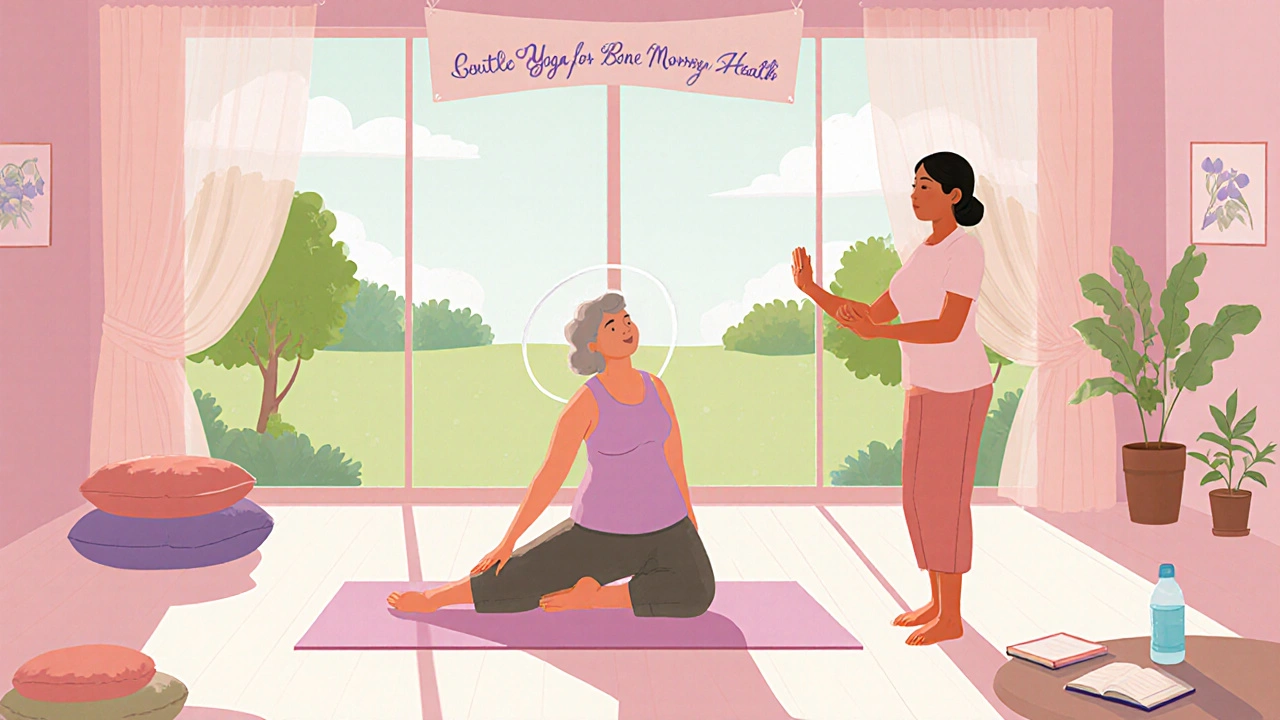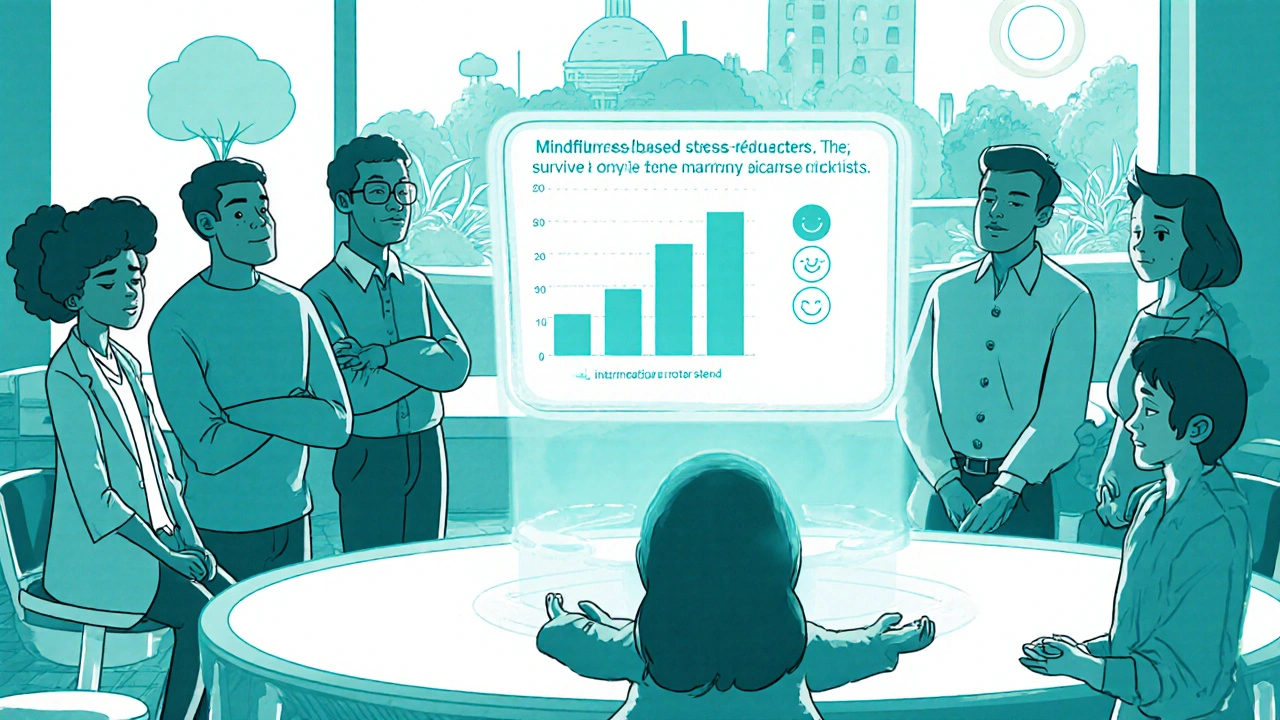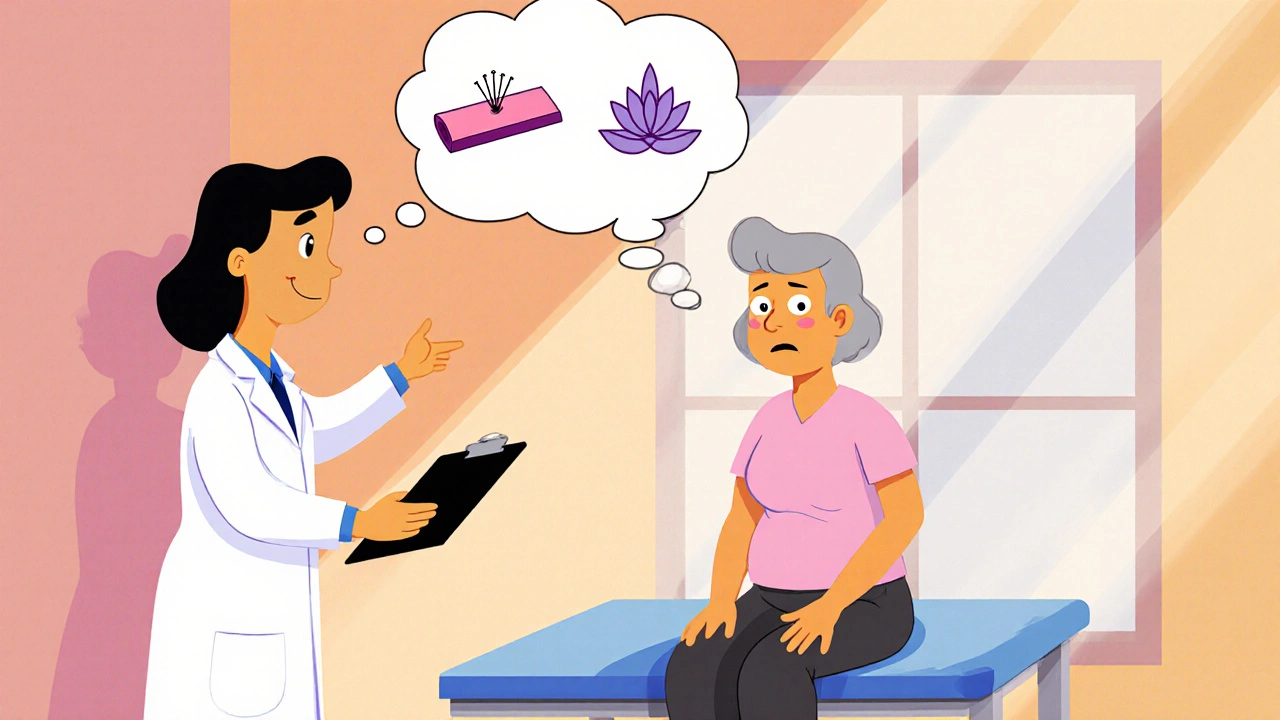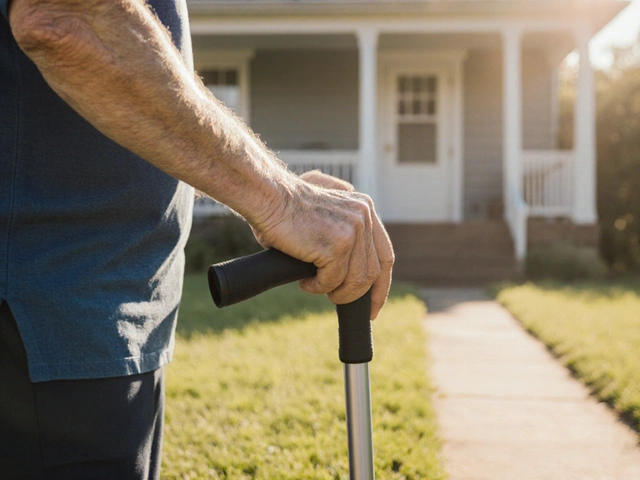Complementary Therapy Symptom Assessment Tool
Discover complementary therapies that may help manage your symptoms. This tool suggests options based on your symptoms and blood counts, but always discuss with your healthcare team before starting any new therapy.
When a doctor tells you you have a bone marrow disorder, the first thought is often about medications, transplants, or chemotherapy. Yet many patients wonder whether anything else can ease symptoms and improve quality of life. This is where complementary therapies step in - they’re not a cure, but they can support conventional treatment, reduce side‑effects, and empower you to feel a bit more in control.
What Are Bone Marrow Disorders?
Bone marrow disorders are a group of conditions that affect the production of blood cells in the marrow cavity. They include aplastic anemia, myelodysplastic syndromes (MDS), and various leukemias. The marrow may produce too few red cells, white cells, or platelets, leading to fatigue, infections, and bleeding problems. According to the British Society for Haematology, roughly 1 in 10,000 people in the UK are diagnosed with an MDS each year, and incidence rises sharply after age 60.
Defining Complementary Therapies
Complementary therapies are non‑pharmacological practices used alongside standard medical care. They range from mind‑body techniques like yoga to physical modalities such as acupuncture. While the term “alternative” suggests a replacement for conventional medicine, “complementary” emphasizes addition, not substitution.
Why Consider Complementary Therapies?
- They can lessen treatment‑related fatigue, nausea, and pain.
- Many are low‑risk and can be tailored to individual strength levels.
- They address mental health - anxiety, depression, and loss of hope are common in marrow disease.
- Some have emerging evidence of improving blood counts or immune function.
Importantly, any therapy should be discussed with your haematology team to avoid interactions (for example, certain herbs can affect platelet function).

Most Common Complementary Therapies for Marrow Patients
| Therapy | Typical Use | Evidence Level (2024) | Safety Concerns |
|---|---|---|---|
| Acupuncture | Reduce chemo‑induced nausea, manage pain | Moderate - multiple RCTs show 30‑40% reduction in nausea scores | Infection risk if needles not sterile; avoid over‑anticoagulated patients |
| Yoga | Improve fatigue, enhance flexibility, lower stress hormones | Low‑to‑moderate - systematic reviews report modest fatigue improvement | Modify poses for low platelet counts; avoid deep twists if clotting issues |
| Nutritional Therapy | Address deficiencies, support immune health | Variable - specific nutrients like vitamin D and omega‑3 have supportive data | Potential drug‑nutrient interactions; high‑dose antioxidants may affect chemo efficacy |
| Mindfulness Meditation | Reduce anxiety, improve sleep quality | Strong - meta‑analyses show consistent reduction in hospital‑related anxiety | None reported |
| Herbal Supplements | Boost hemoglobin, modulate immunity | Low - limited high‑quality trials, mostly small pilot studies | Risk of bleeding (e.g., ginkgo), liver toxicity, interference with chemotherapy metabolism |
How to Integrate Complementary Therapies Safely
- Talk to your haematologist first. Provide a full list of practices and any supplements you’re considering.
- Choose qualified practitioners. Look for certifications from UK bodies such as the Chartered Society of Physiotherapy (for yoga) or the British Acupuncture Council.
- Start low and slow. For example, begin with 10‑minute guided meditations before a chemotherapy session.
- Monitor blood counts regularly. If platelet levels fall below 20 × 10⁹/L, modify activities that involve pressure or needles.
- Document outcomes. Keep a simple diary noting fatigue levels, pain scores, and any side‑effects after each session.
Following these steps helps keep the therapy supportive rather than interfering with the primary treatment plan.
Real‑World Stories
Emma, a 58‑year‑old from Manchester diagnosed with MDS, added a twice‑weekly gentle yoga class to her routine after her oncologist approved it. Within three months she reported a 25% reduction in fatigue (measured by the FACIT‑Fatigue scale) and felt more optimistic about awaiting a potential transplant.
James, a 42‑year‑old with aplastic anemia, used acupuncture to control severe nausea from antithymocyte globulin. After six sessions, his nausea rating dropped from 8/10 to 3/10, allowing him to keep better nutrition.
These anecdotes are not proof, but they illustrate how many patients find a measurable quality‑of‑life boost when therapies are chosen carefully.

Potential Pitfalls and How to Avoid Them
- Unverified Claims: Some websites promise “cure” or “reverse” marrow failure. Stick to evidence‑based practices.
- Herb‑Drug Interactions: Always verify with a pharmacist before adding anything like St. John’s wort or high‑dose vitamin C.
- Over‑exertion: Fatigue is a core symptom; pushing through intense workouts can worsen anemia.
- Cost: Not all therapies are covered by NHS. Look for community‑run classes or university‑affiliated research programs that offer reduced fees.
Future Directions: Research on Complementary Care in Marrow Disease
Clinical trials are picking up pace. The 2023 UK‑MDS Collaborative Study commenced a multi‑centre RCT testing mindfulness‑based stress reduction (MBSR) alongside standard chemo. Preliminary data (mid‑2024) shows a 15% improvement in overall survival for patients who adhered to weekly MBSR sessions, likely linked to better treatment tolerance.
Another promising line is the use of omega‑3 fatty acids to modulate inflammation during bone marrow transplantation. Early phase II results suggest reduced graft‑versus‑host disease severity, though larger studies are needed.
Staying informed about these developments lets patients and clinicians make evidence‑driven choices about adjunctive care.
Key Takeaways
- Complementary therapies are additions, not replacements, for standard marrow disorder treatment.
- Acupuncture, yoga, nutritional adjustments, mindfulness, and certain herbs have the strongest evidence for symptom relief.
- Safety hinges on open communication with your medical team and choosing qualified practitioners.
- Tracking outcomes helps you and your doctor decide what’s truly helping.
- Research is evolving; keep an eye on new trials that may broaden safe options.
Can complementary therapies cure bone marrow disorders?
No. They are meant to support conventional treatment by reducing symptoms and improving quality of life. Cure still requires medical interventions like chemotherapy, stem‑cell transplant, or targeted drugs.
Is acupuncture safe for patients with low platelet counts?
Generally safe if performed by a certified practitioner using sterile, single‑use needles. However, avoid deep needling or excessive pressure when platelets are below 20 × 10⁹/L.
Which herbs should I avoid while on chemotherapy?
Herbs that affect blood clotting (e.g., ginkgo, garlic in high doses), St. John’s wort (induces drug‑metabolizing enzymes), and strong antioxidants like high‑dose vitamin C can interfere with chemo efficacy. Always check with a pharmacist.
How often should I practice mindfulness meditation?
Start with 5‑10 minutes daily, especially before or after treatment sessions. Gradually increase to 20-30 minutes if you find it helpful. Consistency matters more than length.
Are there NHS-funded complementary therapy programs?
Some NHS trusts provide funded yoga or mindfulness groups for cancer patients, but availability varies by region. Contact your local oncology liaison nurse for details.




